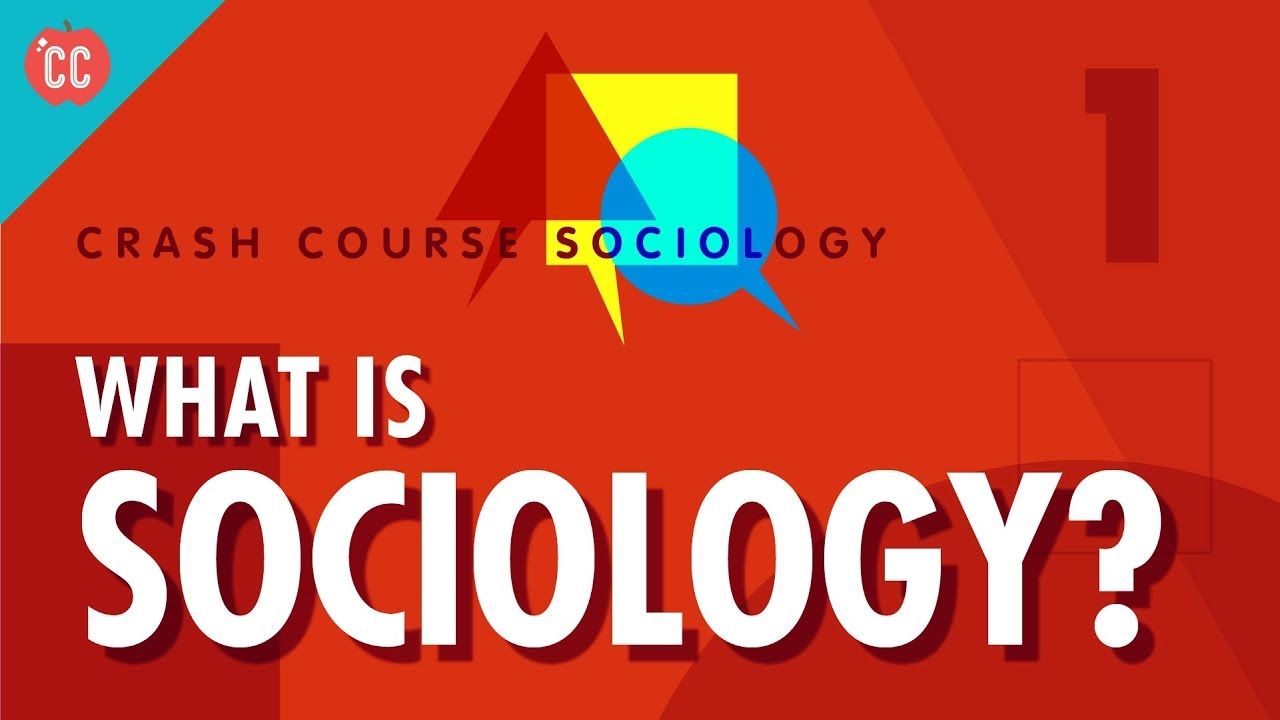Have you ever felt like you were part of something larger than yourself? Like you were contributing to a cause that could change the world? That, my friend, is the essence of a social movement. In this crash course, we’ll delve into the fascinating world of social movements, exploring their origins, their dynamics, and their profound impact on society.

Image: www.teacherspayteachers.com
Understanding social movements is crucial because they drive social change. From the abolition of slavery to the fight for women’s suffrage, from the civil rights movement to the environmental movement, social movements have reshaped our world. They challenge existing power structures, fight for equality and justice, and ultimately, push us towards a better future. So, buckle up, and let’s dive into the world of social movements!
What are Social Movements?
Social movements are organized, collective efforts that aim to bring about social change. They are distinct from political parties or other established institutions as they often operate outside of formal channels of power. They are characterized by their collective actions, their shared goals, and their commitment to achieving those goals through sustained and organized efforts.
Key Features of Social Movements:
-
Collective Action: Social movements involve a large number of individuals working together toward a shared goal. This collaboration is often spontaneous and can take many forms, from peaceful protests to civil disobedience.
-
Shared Goals: The driving force behind any social movement is a collective desire for change. This shared goal can range from achieving specific policy changes to challenging deeply ingrained societal norms.
-
Organization and Structure: While often appearing spontaneous, social movements usually develop a degree of organization to coordinate their actions and messages. This structure can be formal, with clear leadership and hierarchies, or more informal, with decentralized networks and autonomous groups.
-
Shared Identity: Social movements often create a distinct identity for their members, fostering a sense of solidarity and belonging. This shared identity helps to mobilize individuals and strengthen their commitment to the cause.
Types of Social Movements:
-
Reform Movements: These movements aim to bring about gradual changes within the existing system. They seek to achieve their goals by working within the political and legal framework.
-
Revolutionary Movements: These movements seek to overthrow the current system and replace it with a new one. They often use more radical methods, including violence, to achieve their goals.
-
Redemptive Movements: These movements aim to bring about personal change in individuals, often involving religious or spiritual transformation.
-
Alternative Movements: These movements focus on changing specific aspects of individual behavior or lifestyle. This can include movements promoting environmental sustainability, healthy living, or alternative forms of education.

Image: wallpapercave.com
Social Movement Theory:
Various theories attempt to explain how social movements arise and evolve. Some of the prominent theories include:
-
Resource Mobilization Theory: This theory emphasizes the importance of resources, like money, manpower, and organizational skills, in the success of a social movement. It suggests that movements are more likely to succeed if they have access to these resources.
-
Political Process Theory: This theory focuses on the political context in which social movements arise. It highlights the role of political opportunities and the presence of supportive elites in fostering movement success.
-
Framing Theory: This theory explains how movements use powerful narratives and frames to gain public support. Movements use their frames to define the social problem, assign responsibility for it, and suggest solutions.
Examples of Social Movements:
-
Civil Rights Movement: The civil rights movement fought for the equal rights of African Americans in the United States, leading to the passage of landmark legislation like the Civil Rights Act of 1964 and the Voting Rights Act of 1965.
-
Women’s Suffrage Movement: This movement fought for women’s right to vote, culminating in the passage of the Nineteenth Amendment in 1920.
-
Environmental Movement: The environmental movement seeks to protect the environment from pollution and degradation. It has been responsible for raising awareness about climate change and pushing for policies to address it.
-
LGBTQ+ Rights Movement: This movement advocates for the rights of lesbian, gay, bisexual, transgender, and queer individuals. It has achieved significant victories in recent years, including the legalization of same-sex marriage in many countries.
Challenges and Opportunities:
Social movements face numerous challenges:
-
Opposition from the established power structures: Movements often challenge existing institutions and norms, leading to opposition from those in positions of power.
-
Divisions within the movement: Movements often face internal divisions over strategies, tactics, and goals.
-
Media manipulation and distortion: Movements can be subject to negative media attention and misinformation campaigns.
Despite these challenges, social movements offer a powerful tool for social change. They give a voice to marginalized groups, challenge injustice, and hold the powerful accountable. They can also inspire positive social change and create a more just and equitable society for all.
Crash Course Sociology 14
Conclusion:
Social movements are a cornerstone of any progressive society. They are the driving force behind social change, challenging existing power structures and demanding change. Whether it’s fighting for equality, environmental justice, or a more humane world, social movements are crucial for making our world a better place. So the next time you feel like you want to make a difference, remember the power of collective action. Be a part of the movement.





